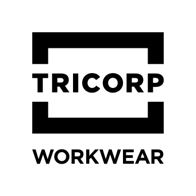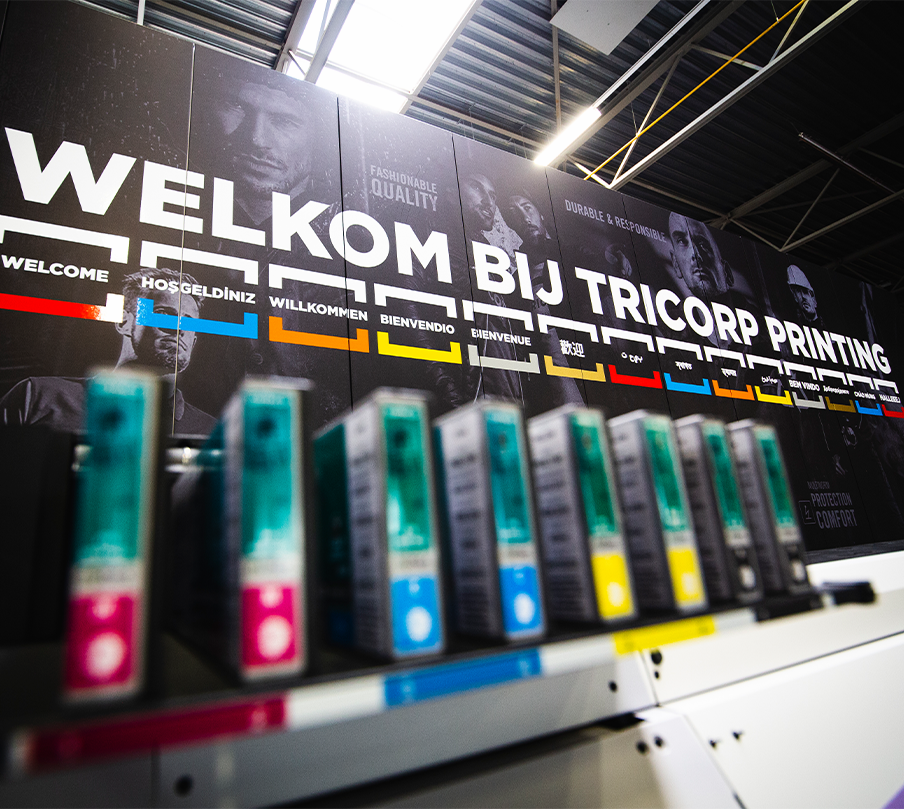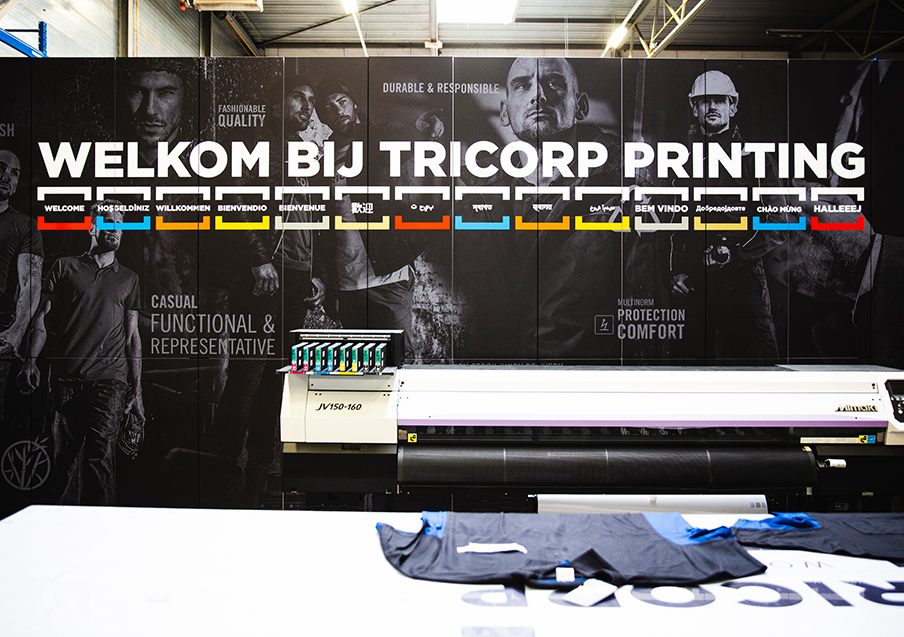Printing and embroidering company clothing at Tricorp
Printing company clothing is a craft. By obtaining our own printing company, we can now also print your work clothing and have it embroidered. For this, we use the newest machines and techniques. The materials of our work clothes require specific expertise when printing it. This way, we can guarantee the quality of the printing and deliver a complete product. So less to worry about for you as a customer. In this article, we explain how this process works.
PRINTING COMPANY CLOTHING WITH YOUR OWN DESIGN
You can simply send us your own design and/or logo that you want to show off on your work clothing in a file. Together, we then make sure to properly map all your wishes. The designs will be checked, we establish what kind of clothing must be printed and in what quantities. What's more, we like to contribute in what kind of printing is the most suitable for your clothes. A combination of different printing techniques is one of the possibilities. Once this is clear, printing the company clothing or work clothes can commence.
TECHNIQUES FOR PRINTING WORK CLOTHES
Printing work clothes is done best by using the newest techniques in the field of printing. The print must be opaque. It often goes wrong in this regard. We use the following techniques for printing work clothes:
- Ultratrans Flex/Ultratrans Plus
- DTG print
- Flex printing using a plotter
- Screen printing (only for leather products)



.jpg&Crop=7&Format=png&Quality=90&Compression=80&Width=1000)
.jpg&Crop=7&Format=png&Quality=90&Compression=80&Width=1000)